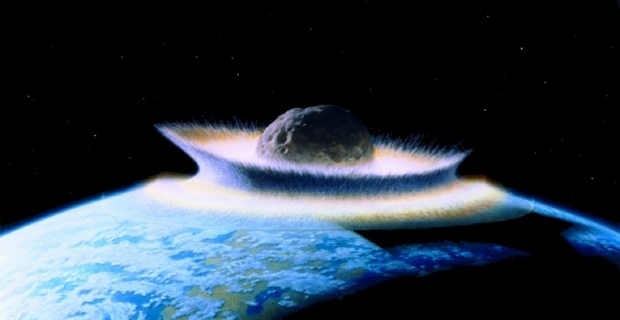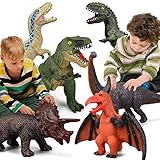A new study published in the November 2021 issue of the journal Icarus has changed the way we think about the asteroid that wiped out the dinosaurs.
The asteroid that wiped out the dinosaurs caused the 90-mile-wide Chicxulub crater located in Mexico's Yucatan Peninsula. The size of the asteroid that caused that crater is estimated to be around 6 miles in diameter, but its origin has been something of debate for quite some time. Now, in the newly published study, researchers used computer models over hundreds of millions of years to find the origin, and according to the researchers, the dinosaur-killing asteroid came from the solar system's outer asteroid belt located between Mars and Jupiter.
The computer models revealed to the researchers that an asteroid from the outer asteroid belt is expected to collide with Earth once every 250 million years and that this calculation lined up with the dinosaur-killing asteroid impacting Earth 66 million years ago. Additionally, the researchers found that a meteor colliding with Earth once every 250 million years is five times more common than researchers previously thought.
David Nesvorny, a researcher from the Southwest Research Institute in Colorado, who led the new study, said, "I had a suspicion that the outer half of the asteroid belt - that's where the dark primitive asteroids are - may be an important source of terrestrial impactors. But I did not expect that the results [would] be so definitive," adding that this might not be true for smaller impactors."
Speaking to LiveScience, Nesvorny said, "We find in the study that some 60% of large terrestrial impactors come from the outer half of the asteroid belt ... and most asteroids in that zone are dark/primitive. So there is a 60% - 3 in 5 - probability that the next one will come from the same region."
Jessica Noviello, a NASA fellow in the postdoctoral management program at the Universities Space Research Association at Goddard Space Flight Center (not involved in the study), said, "This is just an excellent paper. I think they make a good argument for why [the Chicxulub impactor] could have come from that part of the solar system."
For more information on this story, check out this link here.
Related News:
Read more: Here's a map that shows where your house would be when dinosaurs alive
Read more: New findings show dinosaurs were going extinct before the big asteroid



